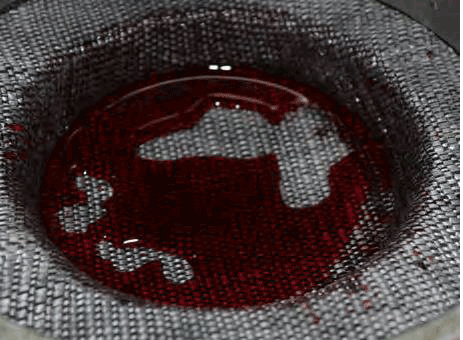Waterproofing Details of Connections for Adjacent Precast Concrete Box-Beam Bridges

Start Date: April 10, 2014
End Date: January 6, 2016
ORIL Portion of Project Completed
To download a copy of the Fact Sheet for the Interim Report on the Evaluation of Membranes, click here.
To download a copy of the Interim Report on the Evaluation of Membranes, click here.
Adjacent box-beams need to work together for a bridge to function effectively as a single unit. Structural performance of non-composite box-beam bridges is greatly dependent on the shear key, the connection details including the grout, waterproofing, and the tie rods. Severe leakage is commonly documented. Water leakage leads to premature aging and is the primary cause for corrosion of the prestressing strands and non-prestressed steel, which causes spalling and snapping of strands.
Prevention of water leakage is critical to minimize corrosion related deterioration at the longitudinal joints of adjacent box-beams. Any cracking along the joints and differential deflection of adjacent beams causes water proofing membrane to get damaged making water leakage inevitable. Most times the seeping water is contaminated with chloride from deicing materials which makes the concrete susceptible to corrosion related damage such as cracking and spalling.
This research was initiated by ODOT to establish the sources, causes and effects of inadequate waterproofing at joints and develop preventive measures through careful evaluation of alternatives on the state system. The scope of work was expanded to incorporate aspects specific to the local system such as: (1) analysis of adjacent precast reinforced concrete box-beams to establish the sources, causes and effects of inadequate waterproofing at the joints; (2) an evaluation of peel-and-stick waterproofing as a membrane alternative, (3) an analysis of grouting options/alternatives for keyway joints; and (4) develop preventive measures for existing and new box-beam bridges. The results of this research will provide a basis for better preparation of local officials to deal with system degradation of these structure types and maintenance of existing structures in addition to providing an opportunity for improvements in planning and design of new structures.